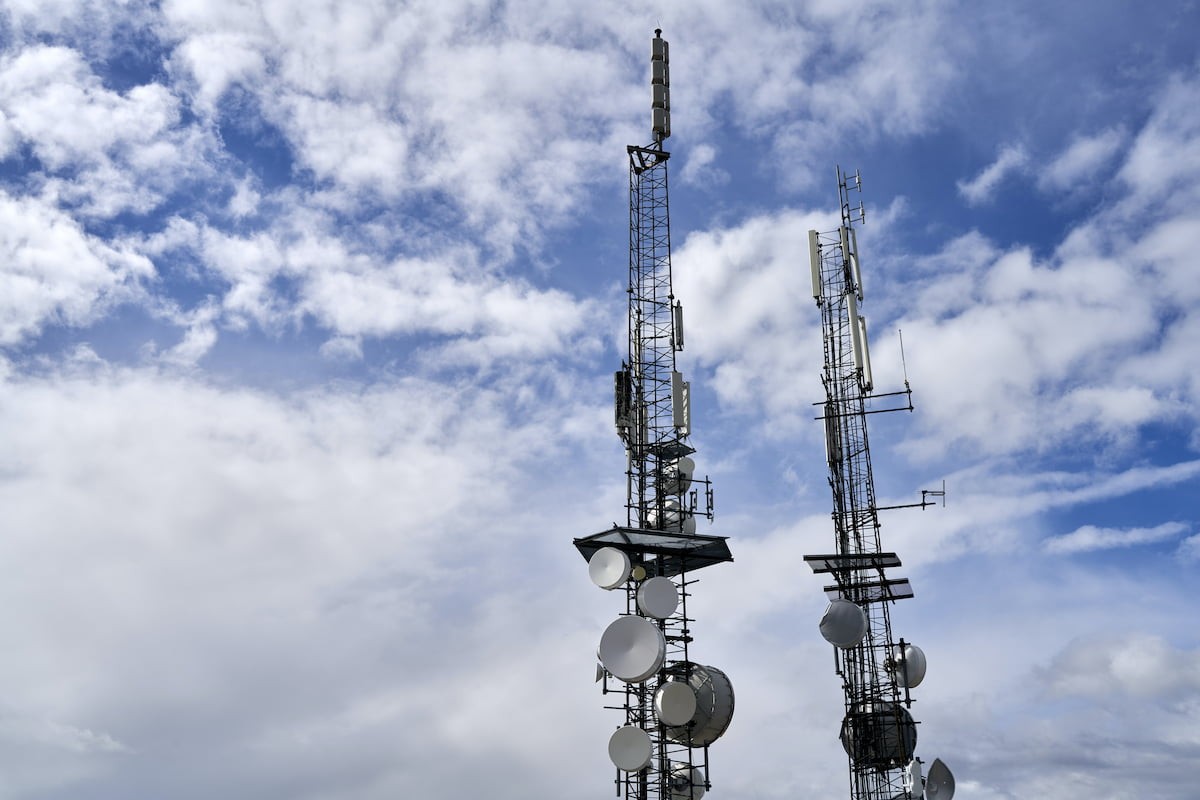One of the biggest challenges before launching a new cellular product or device is achieving certification. The process requires products or devices launching in North America to obtain approval, as it ensures that devices operate efficiently, as to reduce the demands on the network.
As devices become smaller, more compact and laden with features, it has come at the sacrifice of wireless performance. To operate effectively, a surface-mounted SMD antenna requires component free ground plane space on the host PCB. Additionally, antennas need to have sufficient clearance from the product enclosure or housing. For these reasons, it’s sensible to select the antenna, find its optimal placement, and define the design ‘rules’ to ensure the antenna can perform optimally, early on in the design cycle.
In this article, we take a look at the test criteria involved in PTCRB testing and explain how you can approach your project to give you the best chance of achieving network approval at the first time.
What is PTCRB testing?
In North America, all cellular, GSM, LTE and 5G devices must receive PTCRB certification in order to launch on AT&T, T-Mobile and some other networks. PTCRB, an acronym for the PCS Type Certification Review Board, is the body that approves and certifies devices – enabling devices to launch on networks. Each network has independent benchmarks for performance, for example, AT&T notoriously requires devices to have higher levels of efficiency to launch, compared with other networks.
The importance of over-the-air testing
Optimising an embedded antenna for performance can be a delicate procedure. Radio frequency energy can be disrupted by nearby components, mismatched transmission lines and to short a ground plane.
PTCRB testing parameters
PTCRB testing is a thorough process, assessing the performance of a device across a number of parameters.
The tests include:
- Over-the-air (OTA) testing
- Radiated Spurious Emissions (RSE) testing
- Total Radiated Power (TRP) testing
- Receiver Total Isotropic Sensitivity (TIS) testing
- Multiple Input Multiple Output over-the-air (MIMO OTA) testing, if there are multiple antennas
- Subscriber identity module (SIM) electrical testing
The final tests must be completed at an approved test laboratory. This does not, however, mean that devices need to be submitted for final testing blindly. Many vendors possess anechoic testing facilities, which are available for customer use, and suitable for over-the-air testing – giving product teams an indication of their likelihood to pass before submitting a device for approval. This can reduce the likelihood of missing go-to-market deadlines. Furthermore, after a design change, the device will need to be resubmitted, as the process does not allow for reworking.
Optimising a device to pass PTCRB certification
As cellular devices require network approval, and cannot launch without it, this makes antenna selection and integration a critical part of the design cycle. Choosing an antenna first is the best way to ensure this process is seamless – as the antenna is one of the few components that requires an optimised environment to operate well.
Antenova’s team of expert RF engineers can help you to select and integrate an appropriate antenna for your mobile device or IoT development project. We have in-house facilities to analyse RF performance. We can work alongside your product development team to ensure that all the considerations for the PTCRB certification are taken into account during the design process.




